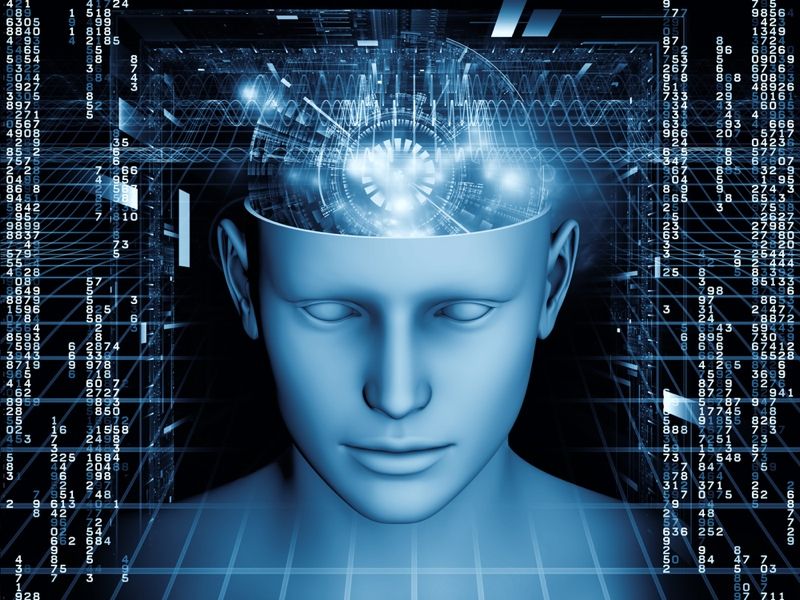Apr 23, 2016
Why sailing to the stars has suddenly become a realistic goal
Posted by Klaus Baldauf in categories: innovation, space
It takes a bold person to declare that interstellar travel is now within our grasp. Physicist Stephen Hawking has shown that he is just that, taking part in the Breakthrough Starshot initiative. The project has announced a $100m research programme to investigate the technology of using light to propel spacecraft out of the solar system to explore neighbouring stars.
For the first time in human history, interstellar travel is a realistic and achievable aspiration, and not just the playground of science fiction.
So what has changed that makes interstellar travel achievable? First of all, clear expectations. This is not about a great big spaceship with a colony of astronauts travelling for generations to settle a planet around a distant star. Neither is it about faster-than-light travel, tunnelling through wormholes to arrive at the other side of the universe in an instant of time. This is about technology that already exists, or nearly exists, being applied in new and exciting ways.
Continue reading “Why sailing to the stars has suddenly become a realistic goal” »
















